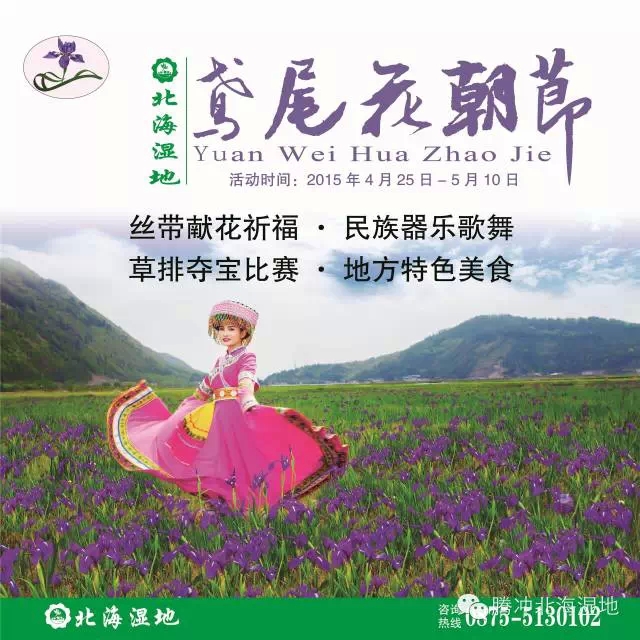
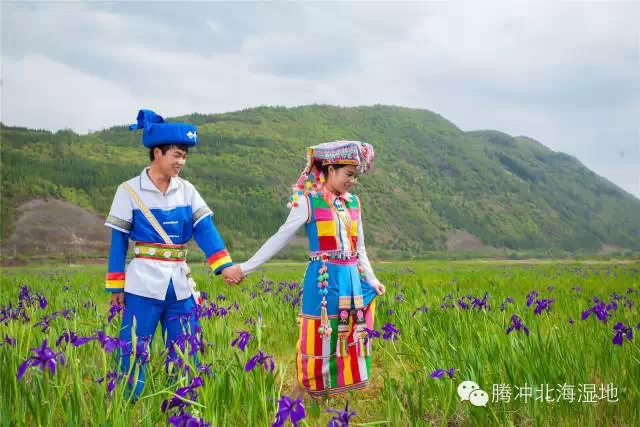
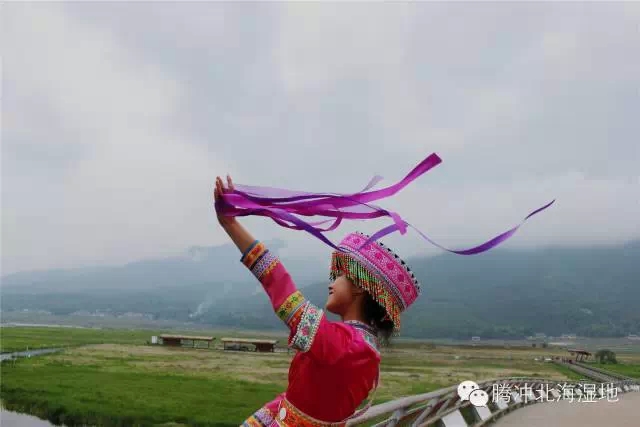
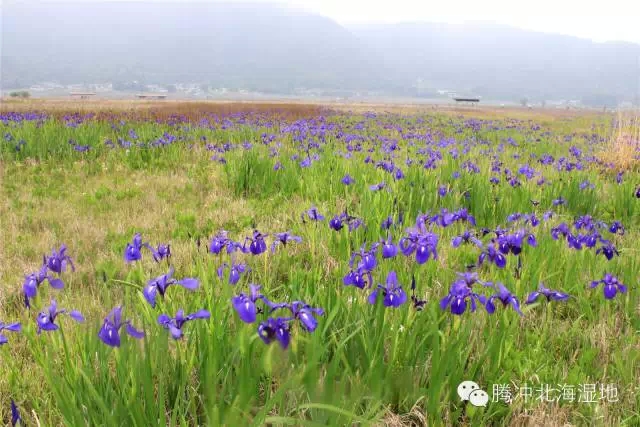
The Iris is named because of its petals are shaped the tail of a kite, and is named after the goddess of flowers, Iris. In Greek mythology, Iris is the goddess of the rainbow, and is the messenger between gods and earth, her main task is to bring the soul of the kind-hearted people after death back to heaven through the rainbow bridge between heaven and earth.
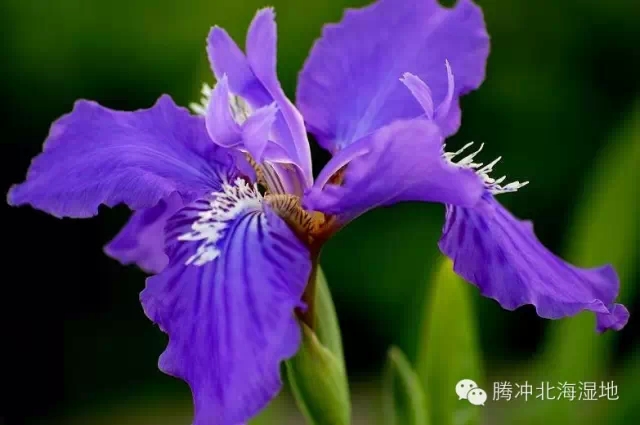
Colorful irises have different meanings. White iris represents innocence, yellow iris represents everlasting friendship, warmness and openness, blue iris represents elegance and generosity or secretly admiration, and purple iris means love and luck. The irises in Tengchong Beihai Wetland are mainly purple blue. In the season of irises, you can see many purple blue butterflies dancing among the leaves, as if to spread the news of spring to the place far away.
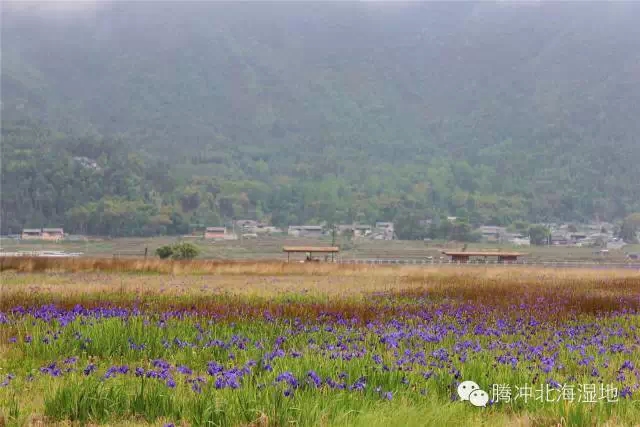
Monet also planted irises in his Giverny Gardens, and created works with the scene of irises full of natural vitality and rhythm. The Greeks usually plant irises in cemeteries, hoping that Irises would bring the soul of the dead back to heaven, which is also the origin of the flower language “Messenger of Love”.
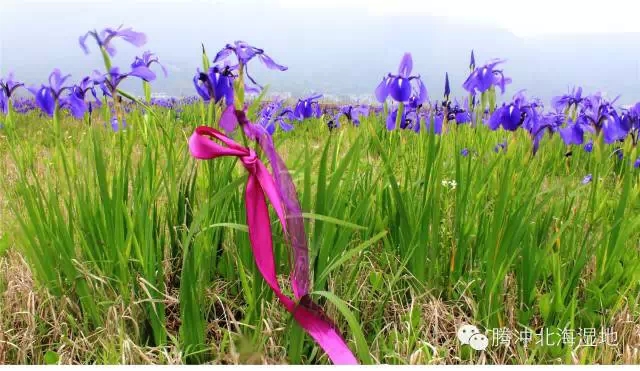
Purple also represents eternal and pure love, and is the symbol of noble and pure love. When the irises in the wetland bloom in May, tourists can present purple ribbons to irises for blessing, and the purple ribbons will accept your good wishes and give you eternal blessings.
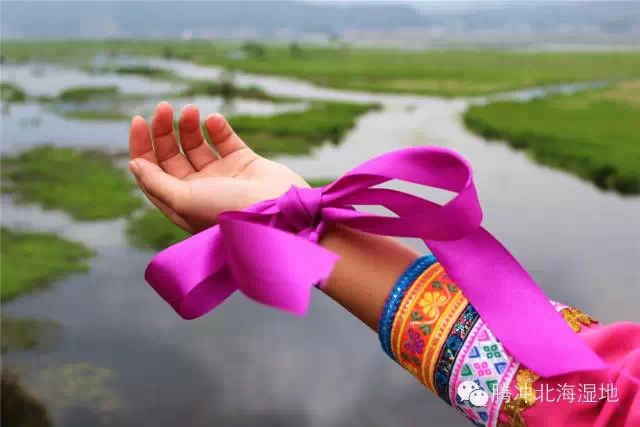
During the Iris Festival, each guest in the park will receive a purple ribbon presented by the staff of Beihai Wetland. The ribbon praying places are on the No. 4 small platform of the viewing platform on the right side of the park. All the staff of Beihai Wetland wish you happiness and luck.